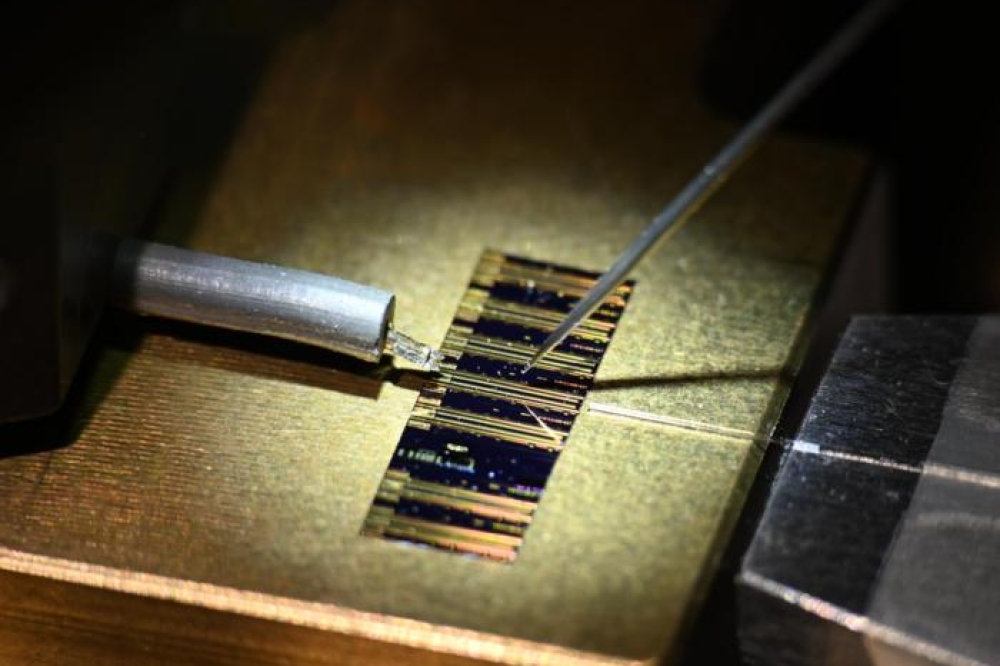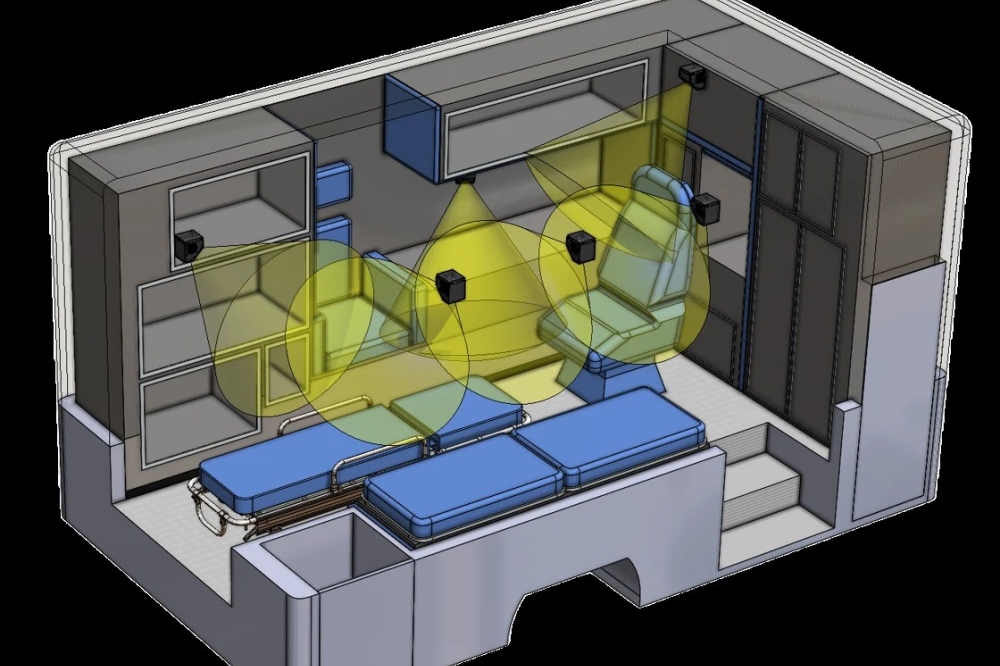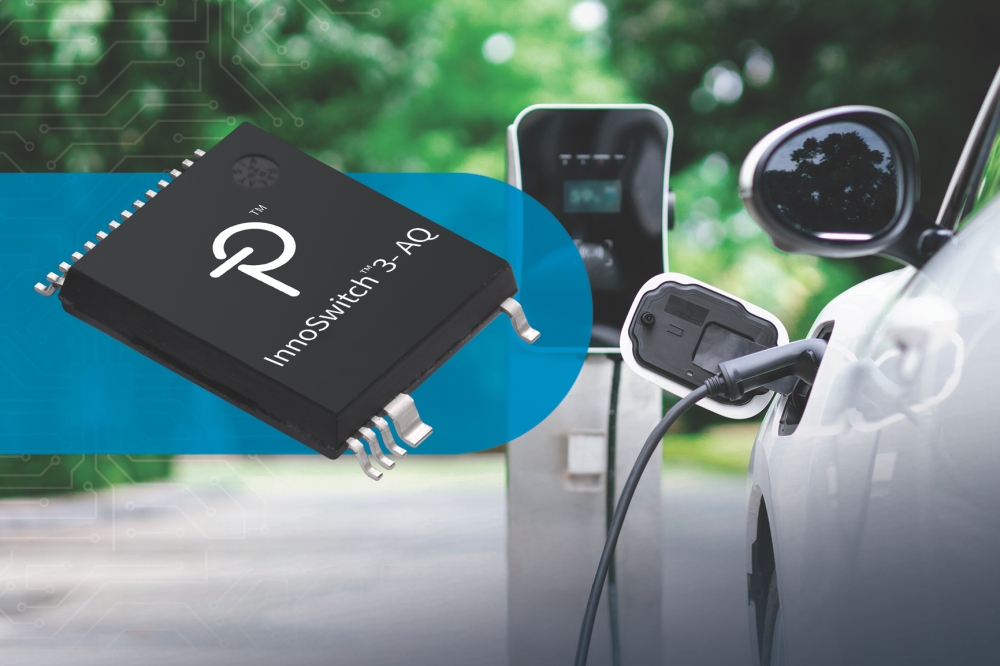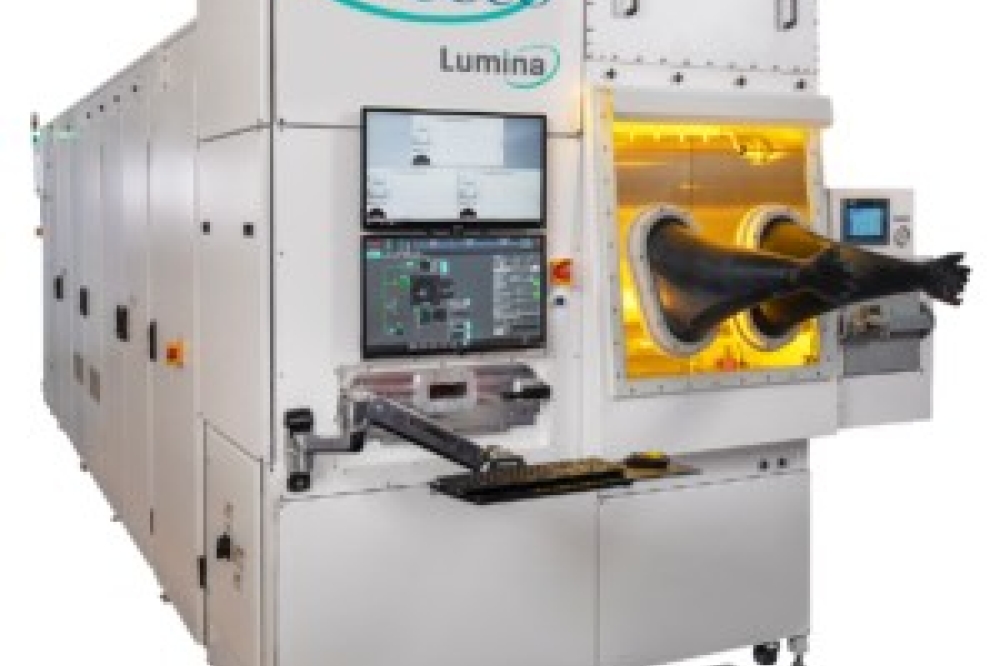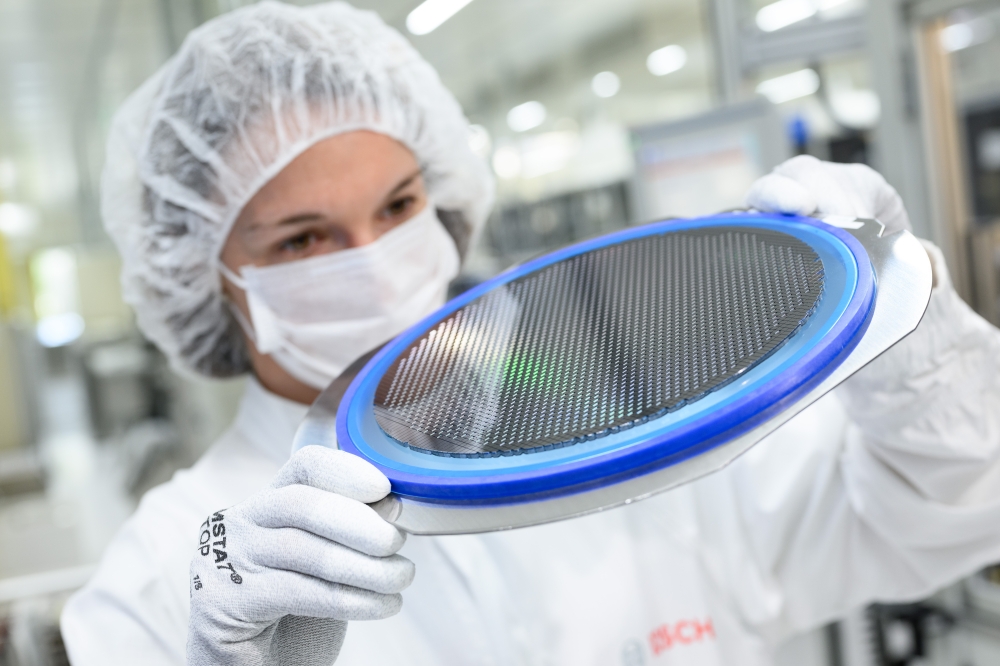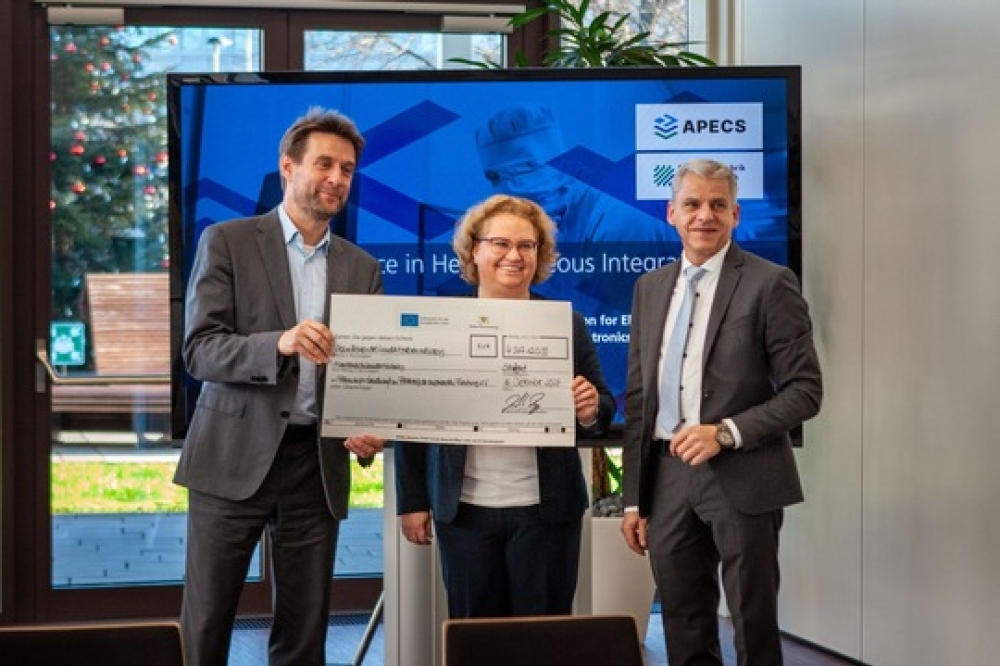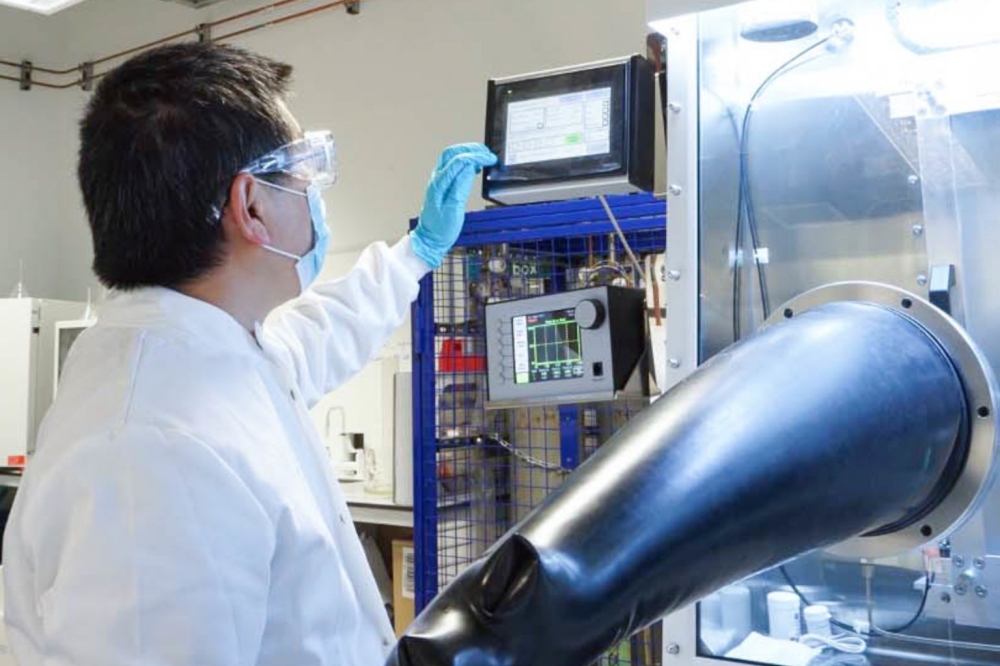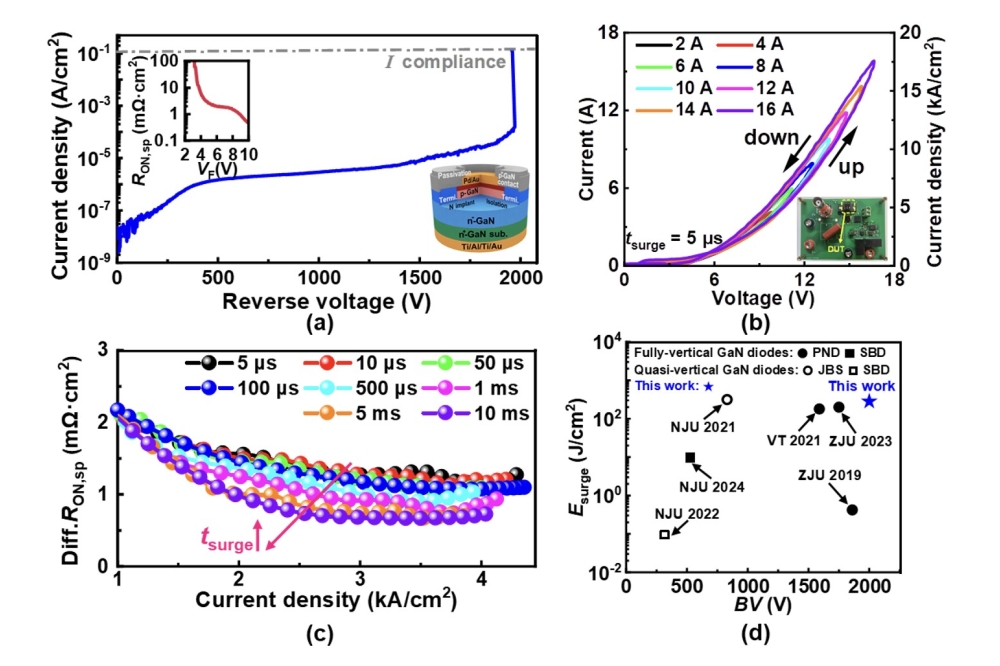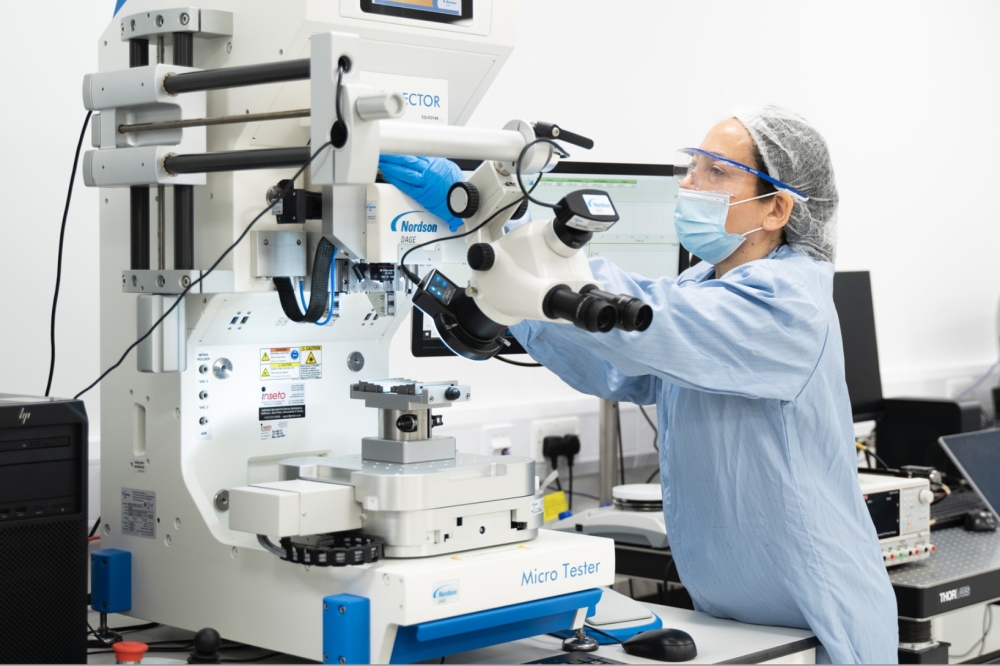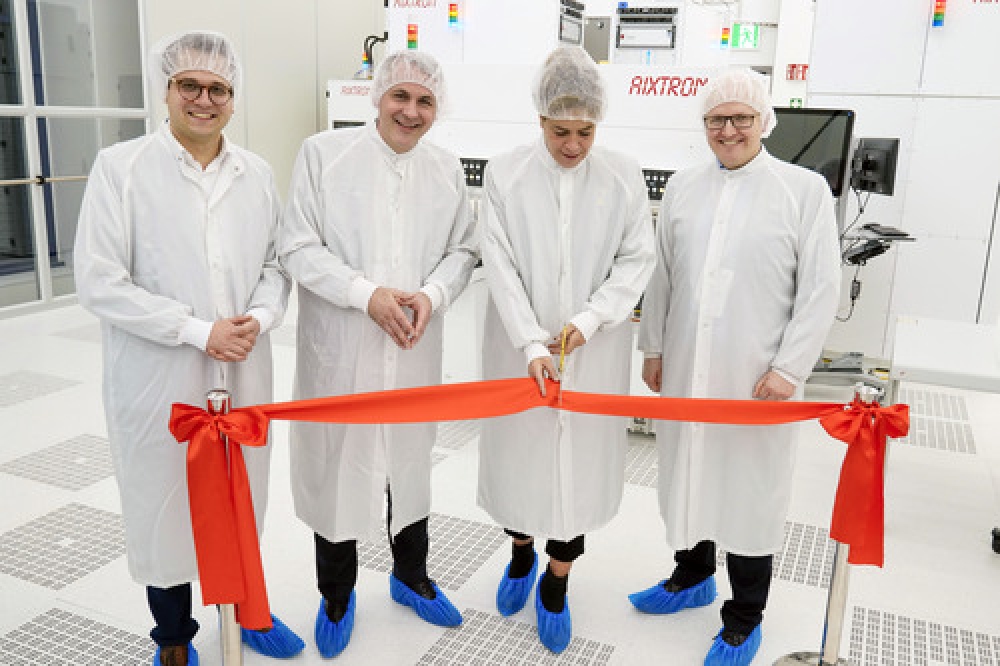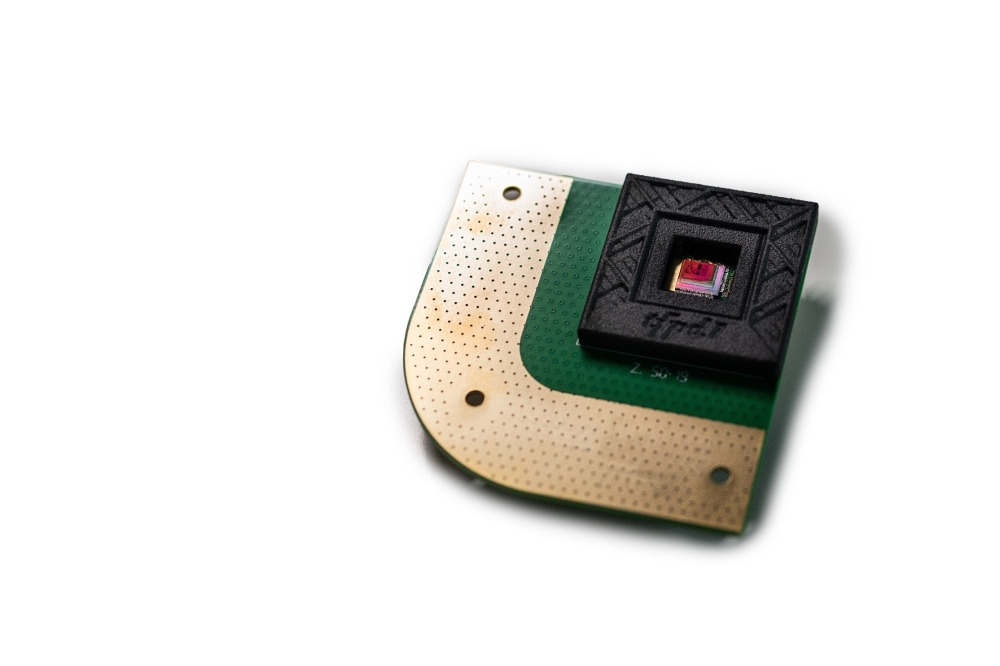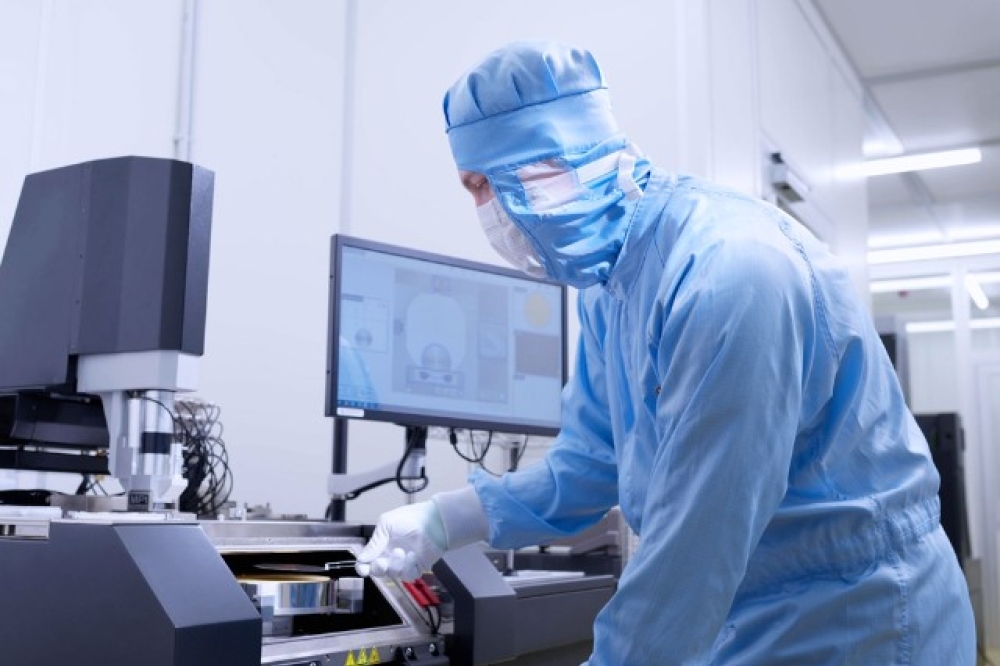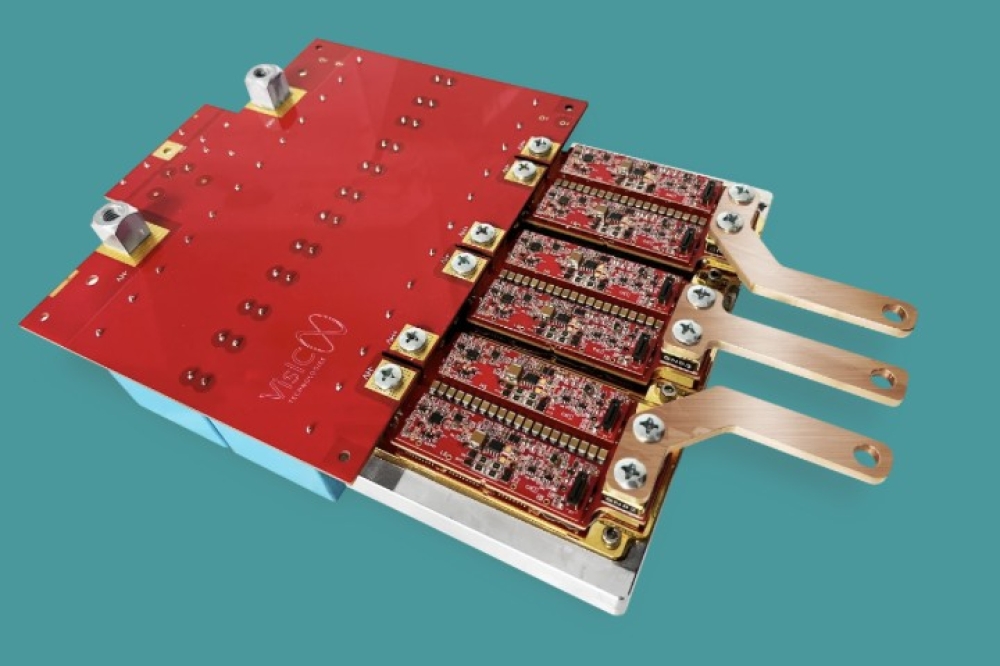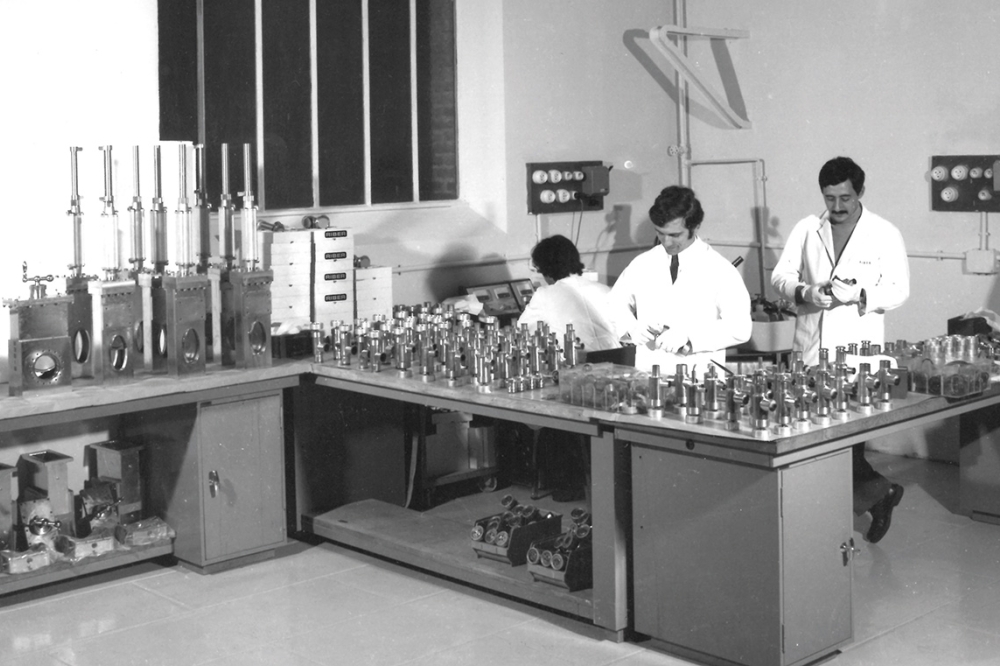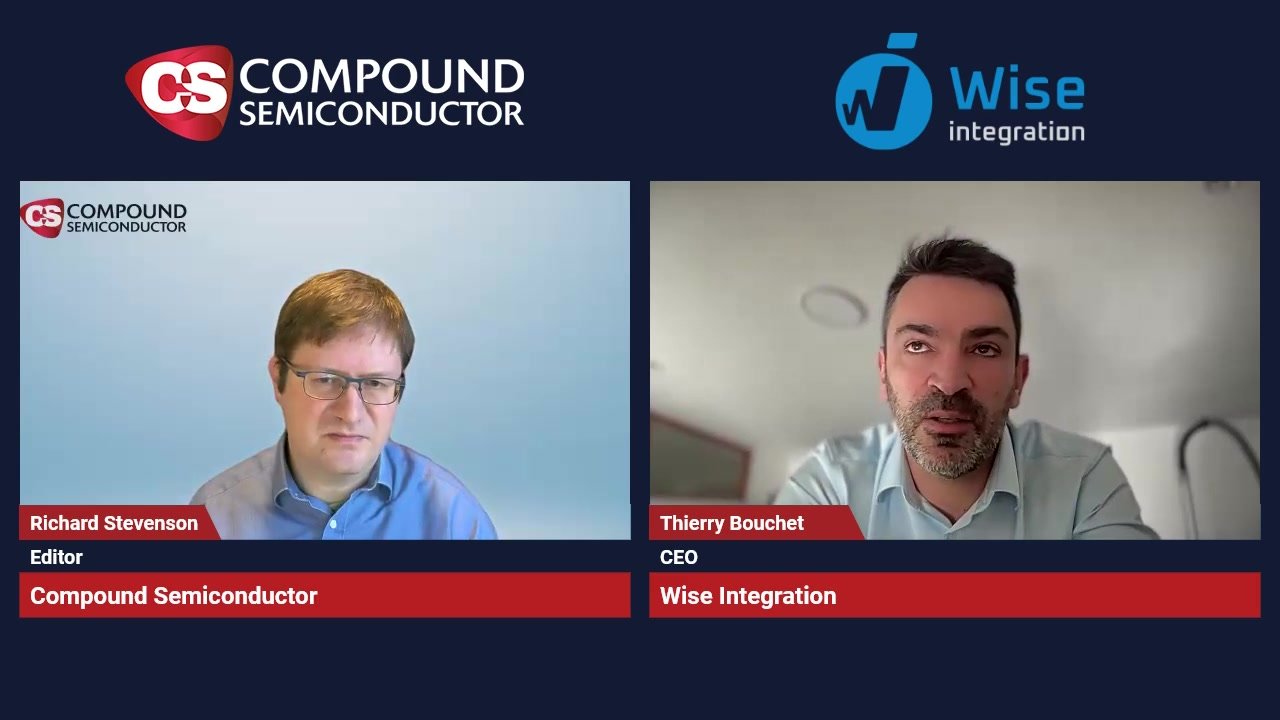Debut for MBE-grown wurtzite AlGaN
AlxGa1-xN-based UV LEDs are currently being investigated for applications in water purification, solid-state lighting and drug detection.
However,it is difficult to produce devices with a high output, because material quality tends to be compromised by the significant differences in the lattice parameters of GaN and AlN and AlxGa1-xN
Now the University of Nottingham and the University of Strathclyde have grown, what they claim, are the first 2 inch diameter wurtzite AlxGa1-xN bulk crystals by plasma-assisted molecular beam epitaxy (PA-MBE).
The Nottingham group has recently used the PA-MBE technique for bulk crystal growth and has produced zinc-blende GaN layers of up to 100μm in thickness (see http://www.compoundsemiconductor.net/csc/features-details.php?cat=features&id=31168) . Furthermore, theyhave also demonstrated the scalability of the process by growing free-standing zinc-blendeGaN layers of up to 3 inches in diameter.
This new PA-MBE process for the growth of bulk zinc-blende layers has now produced free-standing wurtzite AlxGa1-xN wafers. Bulk wurtzite AlxGa1-xN films were grown by MBE on 2inch GaAs (111)B substrates with Al content (x) from 0 up to 0.5.
Secondary ion mass spectroscopy data shows that the MBE method allows the growth of bulk AlxGa1-xN crystals with a constant composition. EPMA data confirms a uniform lateral distribution of aluminium content across the diameter of the 2 inch wafer for wurtzite AlxGa1-xN bulk crystals.
Sergei Novikov, from Nottingham University says these results open the way for the potential MBE production of AlxGa1-xN bulk substrates of designed composition for UV LED devices.
For more details of the results published here, please see the paper ”Wurtzite AlxGa1-xN bulk crystals grown by molecular beam epitaxy,” by S.V. Novikov et al, J. Crystal Growth (2011), doi:10.1016/j.jcrysgro.2011.03.016.


